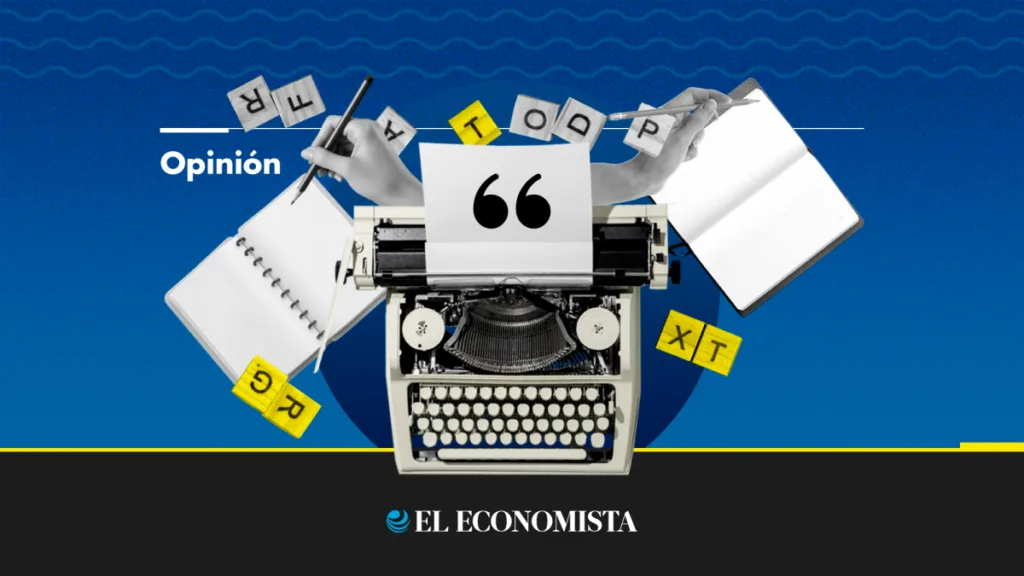Increased Budget: The Secretariat of Infrastructure, Communications and Transportation (SICT) has registered the construction cost for the Mexico-Queretaro passenger train at 167,638.2 million pesos in the Secretariat of Hacienda and Credit Public’s investment portfolio, which is 123.5% higher than the amount announced in October (75,000 million pesos).
Project Details
- Construction Start: The official construction with public funds, managed by engineers from the Secretariat of National Defense, began on April 1st and is expected to last three years.
- Passenger Capacity:
- 2028: 10.3 million passengers
- 2030: 11 million passengers
- Train Specifications:
- Length: 226.44 km
- Travel Time: 1 hour and 50 minutes
- Design Speed: 177 to 200 km/h
- Trains: 10 units, with seating for 350-500 passengers each, plus amenities like accessibility zones, luggage areas, restrooms, and a cafeteria.
Track Information: The project will primarily use two electrified tracks. It will utilize diesel to power an electric generator, mainly employing existing rights-of-way from the A, B, Juárez, and Morelos Rail System lines, along with additional right-of-way as needed for optimized routing.
Concessionaires: The tracks are conceded to Canadian Pacific Kansas City (CPKC), Ferromex, Ferrocarril y Terminal del Valle de México, and Ferrosur, which offer freight services.
Cost Increase Explanation
Last month, El Economista asked SICT’s Jesús Esteva about the 144 billion peso cost increase (as per the Environmental Impact Assessment), to which he responded: “We started with an initial trace, a conceptual project. Once we began defining land release conditions and operational parameters, soil complexities… adjustments might occur. We’re in that moment where presuppositional bases are made from parametric costs referencing other projects.”
Benefits Analysis
The analysis, signed by ARTF’s Andrés Lajous, indicates the project’s profitability with a net present value (NPV) of 29,455,600,217 pesos in 2025 and a return on investment rate of 12.01%. It also shows an immediate return rate of 10.37% for 2025, suggesting the project’s initiation should occur as soon as possible.
The new passenger system will originate from Buenavista Suburban Train Station to Tula de Allende (Hidalgo), followed by San Juan del Río and concluding in Querétaro City, with the possibility of a stop at the state’s airport per Governor Mauricio Kuri’s request.
According to President Claudia Sheinbaum’s plans, Queretaro will serve as the starting point for new railway segments to Nogales and Nuevo Laredo.
Risks
- Increased land acquisition costs (stations and rights-of-way)
- Construction overruns
- Geotechnical and soil conditions
- Natural disasters affecting the study area
- Operational and maintenance cost increases
- Rejection by current transportation providers
The SICT specifies that the project timeline was designed to minimize disturbance costs, focusing mainly on existing rights-of-way without blocking heavily used traffic routes.



